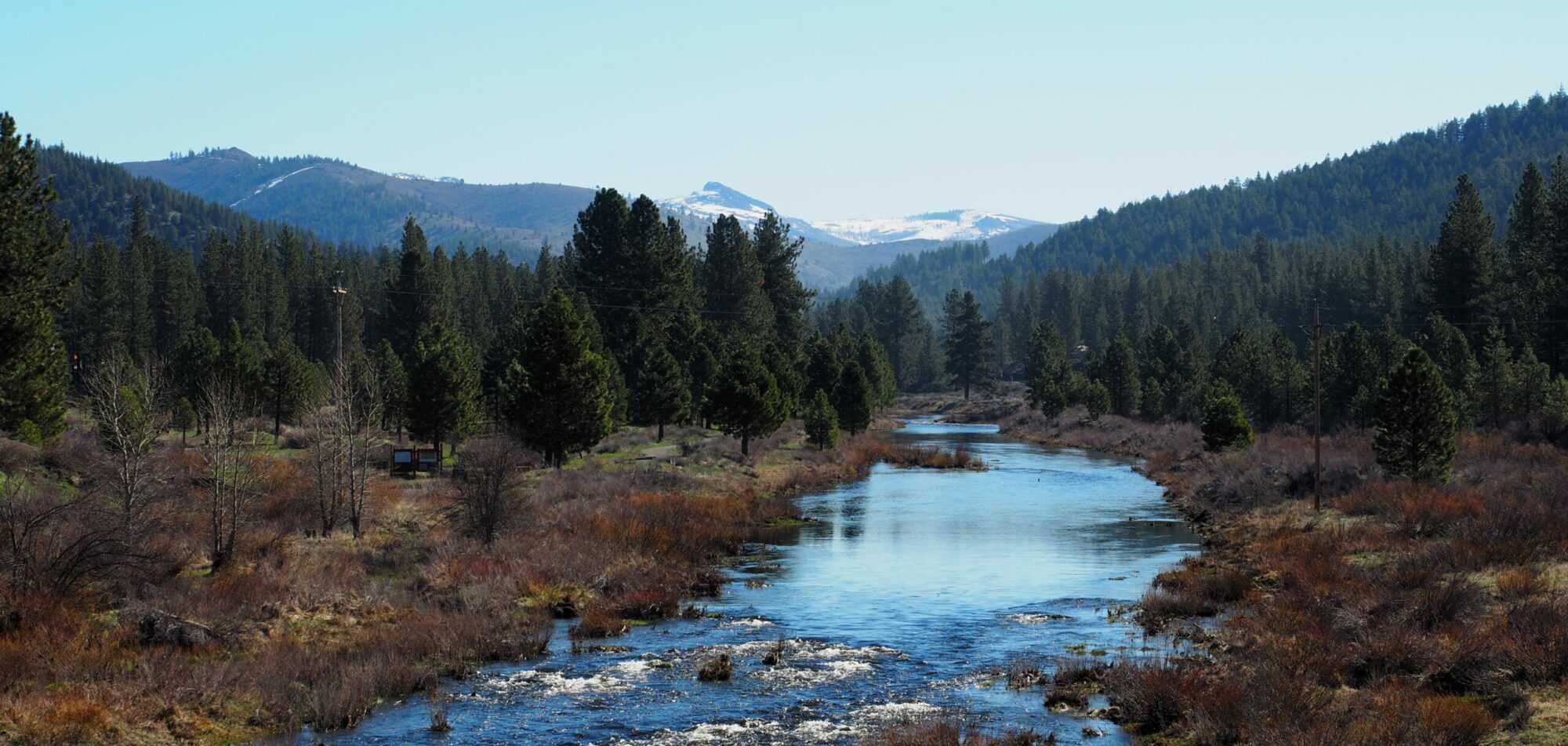A new consensus is emerging that defending the structure is key to responding to growing risks from climate instability and subsequent high intensity wildfires. Deforestation, which is the only way to describe the 77% canopy removal planned for the Plumas National Forest, will only make forests and communities less resilient. The PBS special investigation into the recent LA fires is illustrative of this point.
Action News Now Chico Covers Lawsuit, USFS Spreads Misinformation As Usual
Like many of you, we are horrified at the devastation in Los Angeles County. Our hearts go out to all those impacted, people who have lost loved ones, homes, even whole neighborhoods to the wildfires. In times of crisis, it is tempting to want to lash out. However, acting rashly can often deepen a crisis.
Attacking plants, trees and shrubs (and the birds, mammals, amphibians, fungi and other creatures who live amongst them) to respond to what is essentially a human-caused disaster (our pumping billions of tons of greenhouse gases into the air every year and building vulnerable communities in wildfire country), would make things worse by disrupting carbon storage, reducing forest resilience to increasingly extreme conditions and creating drier, more open forests (with piles of slash that turn into flying embers) and where wildfire can travel rapidly toward communities.
Real life and property saving solutions are well known: hardening homes, clearing flammable materials within 200 feet of homes (esp. the first 5 feet) evacuation planning, and hardened telecommunications (esp. landlines). Of course any solution must involve slashing carbon emissions.
The more that the false solution of “forest management” (logging) is funded, the less money will go toward real solutions, and the next wind-driven wildfire will again pose serious risks to adjacent communities.
By refusing to adopt community-supported hand thinning and under burning close to communities (what was done behind the home depicted in the segment above) and pushing forward with destructive mechanized logging and herbicide spraying, the Forest Service and the timber establishment it serves, are putting communities and lives at risk.
If advocates of “forest management” can point to one quality, independent study that shows how actions farther than 200 feet from a structure alone can prevent that structure from being burned in a wildfire, please post it below in the comments. Otherwise, please stop pretending that “forest management” farther than 200 feet away from homes can in any way protect communities. It’s a dangerous myth that is now racking up a sizeable body count.
Another way is possible, one that prioritizes rather than pillages local communities, where the public is involved from the beginning, not spoken down to, and forests are protected for their own sake but also what they provide to our communities. Let’s make it happen.
